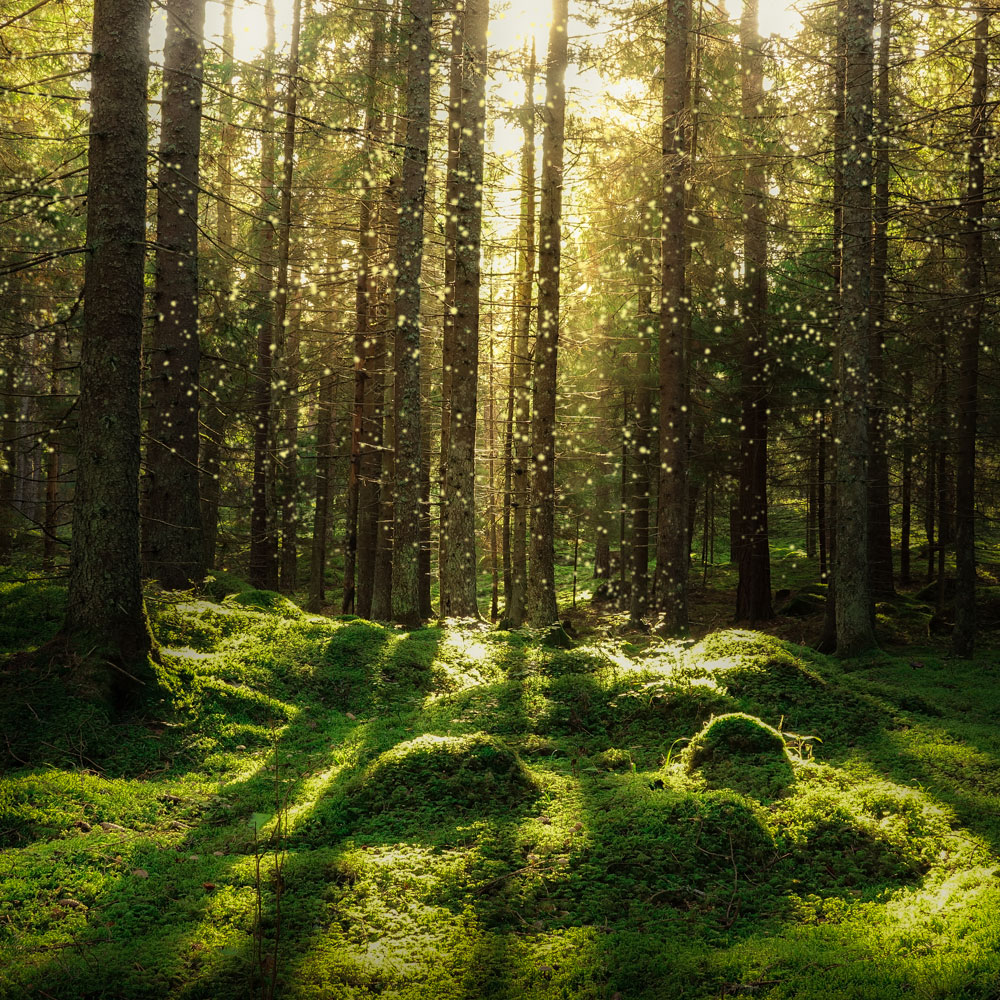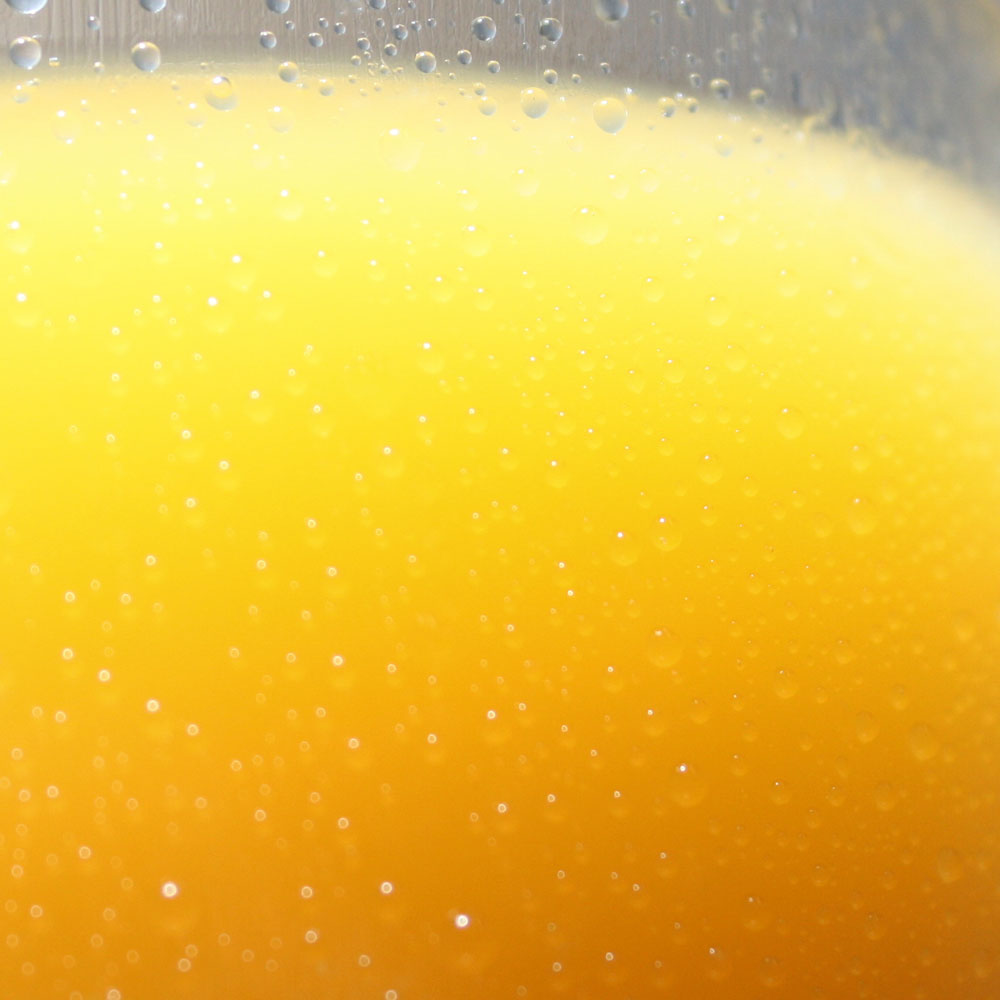Multi-material Packaging
Today there are many food and beverage packaging options available. However, despite their differences, they all serve three main purposes for a product, namely to:
protect
preserve
present
Currently, EXTR:ACT focuses specifically on beverage cartons. However, we also include other similar functional fibre-based multi-material packaging, for example, cups-2-go and frozen food packaging.
Beverage cartons composed of mainly wood fibre: a renewable raw material from sustainably managed forests
Equating to around 75 percent, wood is the most important raw material in the production of beverage cartons as it is used to create the paperboard.
Most of the wood used to create the paperboard for beverage cartons comes from Northern Europe’s forests where, given the extreme climate, trees grow more slowly compared to Central Europe.
From an environmental standpoint, Finland and Sweden have a long history of sustainable forestry, including strict forest laws and well-established processes for regenerating forests, safeguarding forest biodiversity and protecting conservation values.

Ensure the packaging has barrier support
In order to deliver safe food and beverage packaging to consumers, some minimal but functional barrier materials must be added to fibre-based packaging. In addition to the functional purposes, these barriers play an important role in extending the shelf life of a wide range of products, avoiding unnecessary food waste.
Around 20 percent of a beverage carton consists of the polymer polyethylene (PE), specifically low-density polyethylene (LDPE) which is used in the barrier layers of beverage cartons to prevent moisture getting in or out and to keep contents fresh.
Polyethylene is an organic material based on carbon and hydrogen and is a by-product of petroleum processing. The polyethylene used for multi-material packaging contains no environmentally harmful or health-endangering additives, for example, heavy metal compounds with cadmium or lead.
Aluminium is also used in some beverage cartons to provide a barrier against oxygen and light. Thinner than a human hair, aluminium foil is 6.5/1000th of a millimetre and is used in many kinds of packaging for durable products. The raw material needed for aluminium extraction is ore bauxite. Despite being energy-intensive, 60 percent of the energy used to produce aluminium is produced via hydropower. It poses no health risk for consumers as direct contact with food is prevented by a coating of polyethylene (PE) on both sides.
In addition, most beverage cartons have a plastic closure, made of a high-density polyethylene (HDPE) material. HDPE accounts for around five percent of the weight of the packaging.
